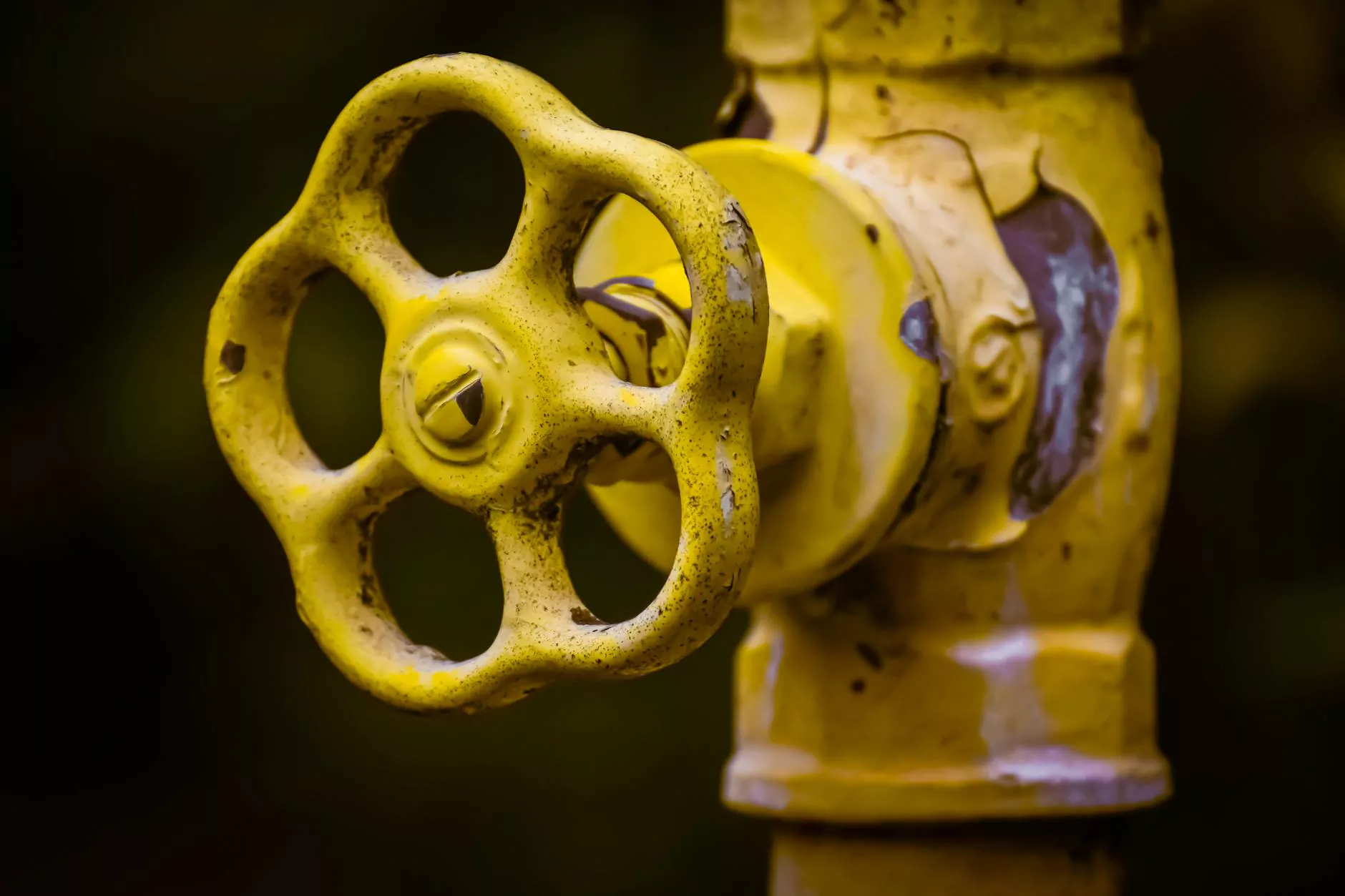The Ultimate Guide to Metric DIN Fittings

In today’s fast-paced industrial world, the demand for precision-engineered components has never been higher. Among these components, metric DIN fittings have emerged as critical elements in various applications, from construction to automotive industries. Understanding these fittings, their specifications, and their applications is essential for anyone involved in engineering, manufacturing, or maintenance. This article delves deep into the nuances of metric DIN fittings, highlighting their significance and how to effectively incorporate them into your projects.
What Are Metric DIN Fittings?
Metric DIN fittings refer to a variety of connection fittings that adhere to the standards set by the Deutsches Institut für Normung (DIN). These standards ensure that the components are produced with specific dimensions and tolerances, which are crucial for achieving interchangeable parts in mechanical applications. The term "metric" indicates that these fittings utilize the metric system of measurement, making them universally applicable in areas that prefer metric over imperial measurements.
The Importance of DIN Standards
DIN standards are recognized globally for their reliability and quality control. They cover a wide array of specifications, including dimensions, tolerances, and mechanical properties, ensuring consistency and reliability across different manufacturers. The benefits of using metric DIN fittings include:
- Interchangeability: Components made to DIN standards can be used interchangeably, reducing downtime during equipment repairs.
- Quality Assurance: Adhering to DIN standards typically ensures that products undergo rigorous testing for quality and performance.
- Global Acceptance: DIN fittings are recognized worldwide, which facilitates international trade and manufacturing.
Diverse Applications of Metric DIN Fittings
Metric DIN fittings are utilized in a variety of sectors due to their versatility and reliability. Some key applications include:
1. Plumbing and Water Supply
In plumbing systems, DIN fittings are often used to connect pipes and maintain the integrity of water distribution lines. Their consistent sizing allows for tighter seals and reduces the chances of leaks. Common types include:
- Pipe fittings (elbows, tees, couplings)
- Adapters and reducers
- Valves and connectors
2. Automotive Industry
The automotive sector relies heavily on metric DIN fittings for various applications, including fuel lines and hydraulic systems. Their precision and durability are essential in ensuring safety and performance. Components used in this field often include:
- Brake lines and fuel system components
- Cooling system connections
- Suspension and steering apparatus fittings
3. Industrial Machinery
In industrial machinery, metric DIN fittings play a pivotal role in connecting various mechanical components. They are essential for:
- Fluid transfer systems
- Pneumatic and hydraulic machinery
- Robotic assemblies









